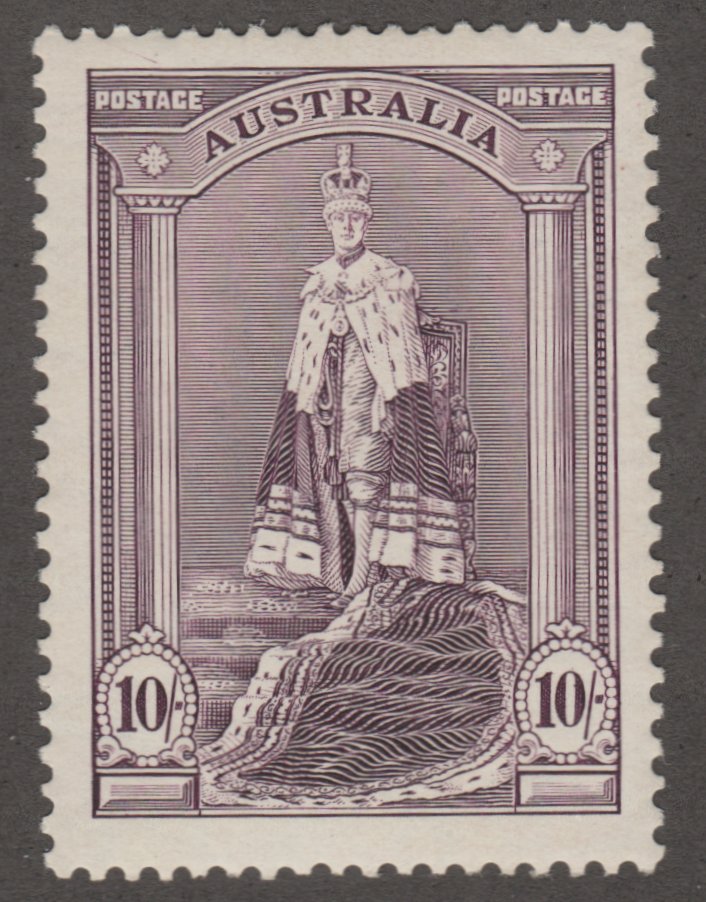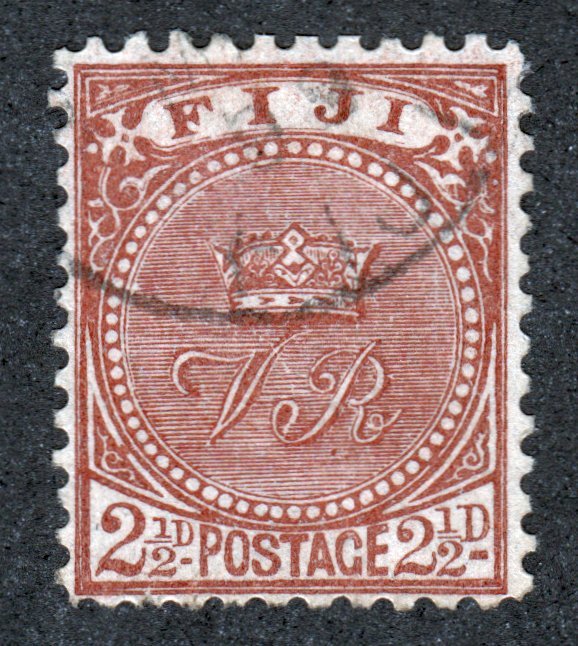
Discussion - Member to Member Sales - Research Center

Discussion - Member to Member Sales - Research Center

Some examples of the types of things covered in my detailed post are shown below:

Here this block shows selvage at the sides that is fully perforated through, while that at the top and bottom of the sheet shows only a single extension hole. This suggests that the panes were laid out horizontally in the print run.

On this stamp you can see a clear difference in the appearance of the vertical perforations on the bottom half of the bottom stamp in the strip. This may have resulted from double punching of the perforations at the bottom of the sheet. This pair came from a complete sheet that I broke up several months ago.

On this block you can see a double strike of the perforator at the very bottom of the block. This suggests that for this stamp, the sheets were arranged vertically in the print layout.

On this block you can clearly see a slight misalignment in the vertical perforations half way up the side of the top stamps in the block. This shows where one strike of the comb perforator ends and the other one begins.
Next week I am going to look at the tagging in detail and then the gum found on the stamps.
To view the full visit my website and go to the latest blog post.
So, I have received some constructive criticism about the automatic translations on my website. I`ve been told that they contain a lot of bad grammar and I should get rid of them. I respectfully disagree. I understand that I have a lot of work ahead of me if I want to perfect the translations. But I became a stamp dealer so that I could serve all philatelists around the world - not just in English speaking countries. So I do the best I can. When I get time I check the translations and make corrections. It is my hope that having this information available in some capacity is still better than not having it at all.

Login to Like
this post
06:35:23pm
This week, my detailed blog post about this issue looks at the perforations in detail. In addition to the basic differences in measurement, all of which are listed in the catalogues there were some difficulties encountered by the CBN as this was the first time that they had used comb machines to perforate stamps. In addition, there are many instances with the sheets and the plate blocks where you can see double strikes of the comb perforator, which give some clues as to how the panes were laid out in the overall print layout.
Some examples of the types of things covered in my detailed post are shown below:

Here this block shows selvage at the sides that is fully perforated through, while that at the top and bottom of the sheet shows only a single extension hole. This suggests that the panes were laid out horizontally in the print run.

On this stamp you can see a clear difference in the appearance of the vertical perforations on the bottom half of the bottom stamp in the strip. This may have resulted from double punching of the perforations at the bottom of the sheet. This pair came from a complete sheet that I broke up several months ago.

On this block you can see a double strike of the perforator at the very bottom of the block. This suggests that for this stamp, the sheets were arranged vertically in the print layout.

On this block you can clearly see a slight misalignment in the vertical perforations half way up the side of the top stamps in the block. This shows where one strike of the comb perforator ends and the other one begins.
Next week I am going to look at the tagging in detail and then the gum found on the stamps.
To view the full visit my website and go to the latest blog post.
So, I have received some constructive criticism about the automatic translations on my website. I`ve been told that they contain a lot of bad grammar and I should get rid of them. I respectfully disagree. I understand that I have a lot of work ahead of me if I want to perfect the translations. But I became a stamp dealer so that I could serve all philatelists around the world - not just in English speaking countries. So I do the best I can. When I get time I check the translations and make corrections. It is my hope that having this information available in some capacity is still better than not having it at all.

Login to Like
this post

